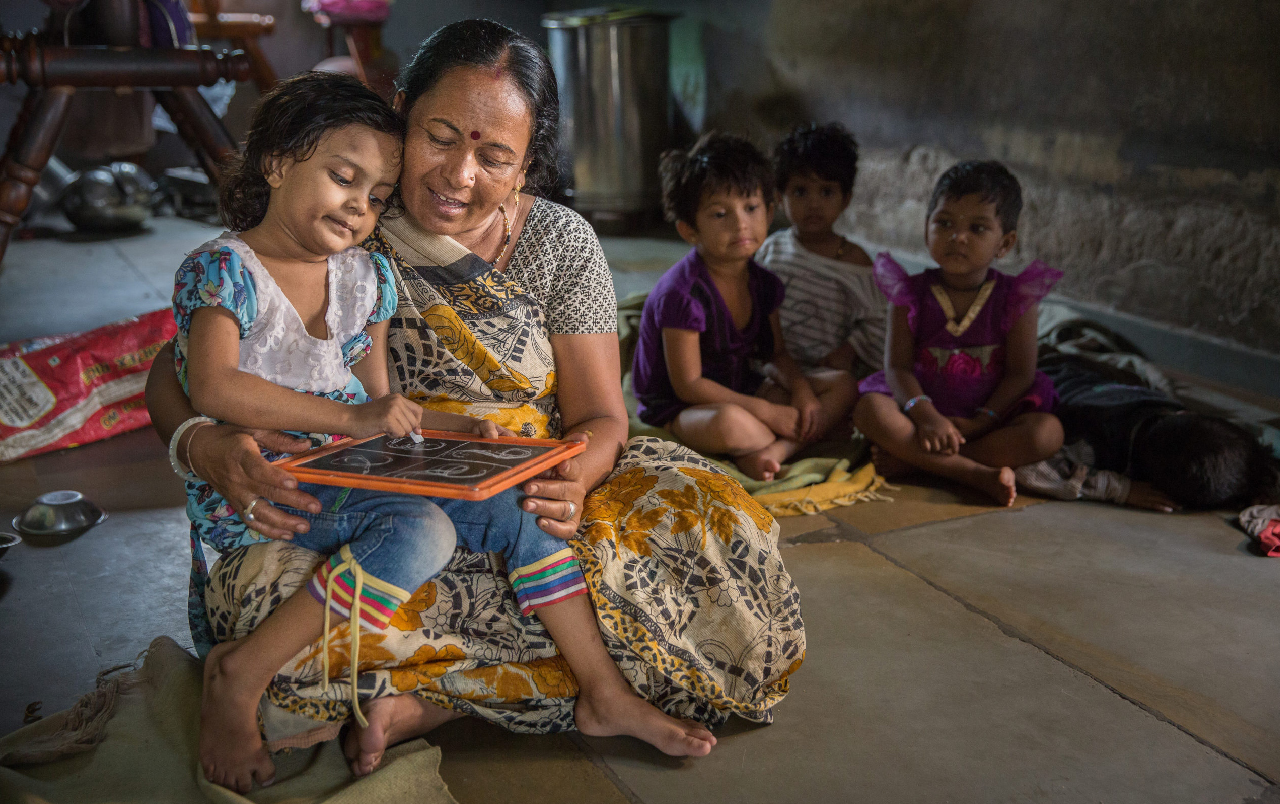The shock of the COVID-19 pandemic on global economies continues to dominate the headlines. But what remains relatively unreported are the disproportionate consequences it is having on women. While the epidemiological effects of the virus tend to affect men more, the economic and social problems caused by the pandemic disproportionately touch upon women’s lives.
The Indian Case
India’s gender inequality is widening. While the country was already faring poorly on the UN Gender Inequality Index before the pandemic started (ranking nr 122 of 162 ), the coronavirus will likely worsen this situation. Growing female unemployment, a considerable burden of unpaid care work, lack of representation, increased domestic violence and sexual harassment, are just some of the problems Indian women are coping with. It also poses a test for the full achievement of the United Nations Agenda 2030, particularly for Sustainable Development Goal 5 (Gender Equality). India is lagging on SDG 5 targets, as per the Niti Aayog’s SDG Index 2019. Now the pandemic will further push back the achievement of said objectives.
India was also already in bad shape in terms of female unemployment. The female labour force participation (FLFPR) has been declining rapidly in the last 20 years. Currently, over 80% of women remain outside the workforce, according to Public Affairs Centre’s (PAC) report for Southern Voice’s State of the SDGs initiative. The COVID-19 pandemic is only going to add to this decline. As per the Centre for Monitoring the Indian Economy’s new report, with 27%, India’s unemployment is at a new high. This unemployment is going to be borne mostly by women, with religious, caste and economic inequalities adding to the burden. As cutbacks rise with the financial lockdown, women will be the first ones to be removed, due to inequalities, in access to technology and skills. With more than 60% of women employed in the informal sector, according to the PAC study, options like working from home and virtual workspaces are not viable. These economies already operate in a cycle of poor wages, discrimination and poor working conditions. They will simply do away with female employees. Such was the case for domestic and garment factory workers. They were instantly dismissed across the country, without any proper notice or compensation. Besides, the urban-rural migration could displace women employed in agriculture, as men return to take over.
The “New Normal”
With the pandemic, economic and social structures are changing. It is bringing about a shift in the way economies operate. As this “new normal” begins to embrace technology more than ever, unequal access to these resources puts women at a disadvantage. Lack of knowledge prevents them from acquiring new skills and capitalising on new opportunities, like e-commerce. If these gaping inequalities were not disheartening enough, the burden of unpaid care work has only risen during this period, making the situation even worse. On average, women in India spend close to 5 hours per day on unpaid care work, while men spend a mere 29 minutes, according to the International Labour Organisation. Cooking, cleaning, caring for children and the elderly, are tasks that a majority of women continue to perform alone. This gap is growing with lockdown measures.
The country needs to get back on track on achieving the SDGs. To ensure this, policymakers at all government levels need to develop strategies that take Indian social structures and norms into account. They should analyse how these customs impact women’s participation in the workforce. It is also time to review the available skill training. Curricula should be adapted to the new economic structures that will emerge after the pandemic. Unless social configurations begin to change, India’s glaring gender gap will only grow into a bigger problem, ultimately hurting the entire economy.


